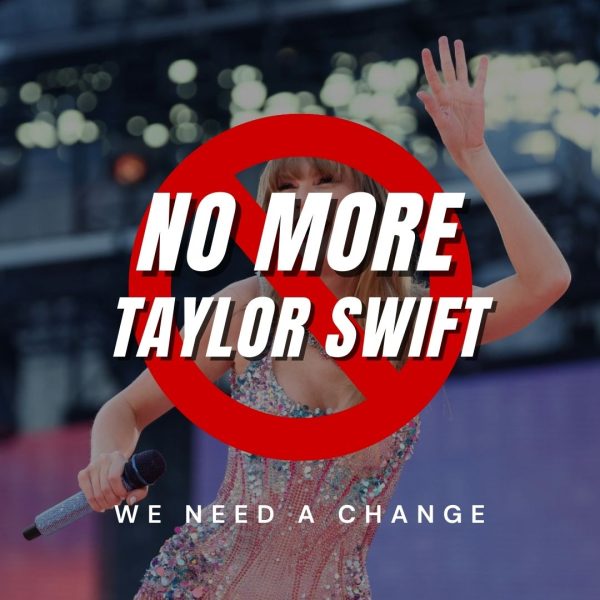The Toll That Self-Diagnosis Takes on Mental Illness

Mental health screenings should be administered by a certified mental health professional before claim is laid to any diagnosis. (Image Credits: Medical Xpress)
January 10, 2019
In the age of WebMD and online quizzes, hypochondriacs are thriving. But the realm of digital self-diagnostic tools not only covers physical illness but has also expanded to encompass any mental ailment under the sun. Online resources such as sites like Psych Central, a website full of self-assessment quizzes that gauge your likelihood of suffering from a variety of mental illnesses, that were designed to help those in need of psychiatric help, are now what is being used by the masses to feed a chronic self-diagnosis problem that is causing those with actual, clinically diagnosed mental illnesses to not be take seriously.
The common struggle of those suffering from mental illness started off with stigma and lack of understanding; the early world of psychology and psychiatry was primitive and misinformed. First, there was the era of individuals experiencing psychosis being believed to be possessed by demons. Then came the birth of psychological study, and there was the founding of insane asylums, then came Freud and Skinner and more modern psychology, lobotomies and electroshock therapy became obsolete and the quality of care improved and inhumane practices in mental facilities were eradicated. But almost as soon as it started to seem like the outside world was gaining an understanding of those with mental illness, and those affected by it became less afraid to come out about it or to seek help, claiming to have mental illness became a fad. Now, in stark contrast to the alienation and stigmatization those with mental illness have received in the past, they’re receiving so much attention that the seriousness of their conditions is diminished.
In the case of mental illness, what started as acceptance snowballed quickly into an unhealthy adoption by those unaffected. This drastic jump from gradual acceptance and understanding to a massive wave of over-identification with mental illness and the new culture surrounding it has resulted in those actually affected by clinically diagnosed mental illnesses being invalidated, and simply not taken seriously because of the sheer number of people now “identifying” as having mental illnesses, or diagnosing themselves.
The most common conditions suffering from this phenomenon are anxiety and depression, two of the most common clinically diagnosed disorders. These are common issues that are seen here at North as well. English teacher Gail Richardson has stated that “Depression and anxiety are the most common issues I see my students struggle with”. While they are genuinely common, there is also a common occurrence of self-diagnosis with these conditions. When a large population claims to suffer from a condition, it takes away the impact of an individual actually suffering. The disorders are seen as so commonplace that they’re no longer abnormal, and no longer a legitimate problem because a near majority of the population claims to have them.
The self-diagnosis epidemic is most predominantly sweeping over the teenage and young adult populations. Because of this, a lot of invalidation and disregard for mental illness comes from older individuals, with many people having their signs of mental illness brushed off as them, “just being a teenager”. As culture and standards have evolved over time, school has become harder, student workloads are larger so yes, a large number of students or younger individuals experience stress to the extent of having feelings of anxiety or depression, maybe even showing some of the symptoms they see online. What many people don’t understand is that in almost any professional psychiatric assessment, the last question or defining clause reads something like, “Do these symptoms get in the way of your everyday functioning?”. In order to actually have clinical depression or anxiety, you don’t just feel anxious or depressed sometimes, you experience depression or anxiety symptoms so frequently or so severely that it has a negative impact on your ability to live your life.
Until the general public is more educated on the subject and is able to understand that mental illness is more than just a strong emotion, it’s a disturbance in cognitive or emotional functioning, anyone who feels intense stress or sadness will say they have depression or anxiety, and until unaffected individuals stop claiming to have conditions they don’t suffer from, mental illness will continue to be seen as a fad or side-effect of being young, and those actually struggling and in need of help will remain unable to have their problems taken seriously.













